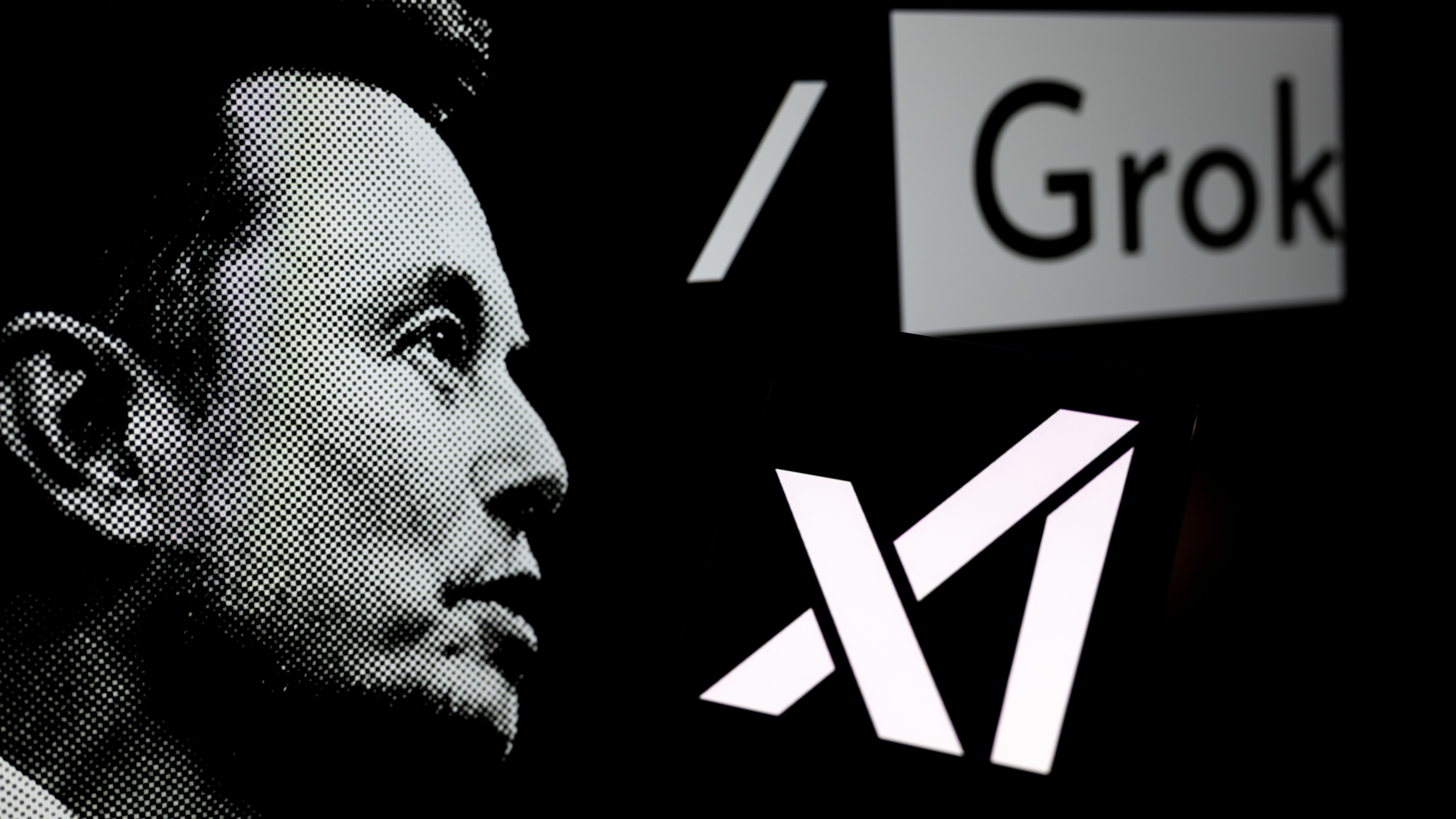Elon Musk says Grok 2 is going open source as he rolls out Grok 3 for Premium+ X subscribers only
Open Grok vs. OpenAI

xAI's debut of the Grok 3 AI model allowed CEO Elon Musk and his team to show off the power of the latest iteration of Grok. Slightly lost in the benchmarking fireworks is what happens to the Grok 2 model, though. While Grok 3 is exclusive to Premium+ subscribers on X, Grok 2 will be even more accessible than before as it will shortly be open-source.
Grok 2 has been the default model for every Grok user, but the underlying engine will now have a chance to spread far further. Usually, AI models from big companies are locked down. You get access to them through paid subscriptions, and you can use them, but you can’t really see how they work or modify them to suit your specific needs. Open-sourcing Grok 2 means that developers will be able to dig into its code and customize it for use in entirely new applications.
Just how open the open-source version of Grok 2 will be is unclear, though. Sometimes, companies say open source even when they retain or hold back at least a little of their proprietary work. Still, Grok 2 is likely to have a second life in the hands of an open-source community that can tweak and experiment with it.
Despite its name, OpenAI has moved away from open-source. Its most powerful models remain proprietary. GPT-4, for example, remains locked down, with no open-source version in sight. Musk's deliberate contrast with OpenAI certainly appears, at least somewhat.
After stating his distrust of OpenAI CEO Sam Altman last fall, Musk highlighted his plan to open-source xAI models after completing the next iteration to contrast with ChatGPT's creator.
Worth noting that @xAI has been and will open source its models, including weights and everything, As we create the next version, we open source the prior version, as we did with Grok 1 when Grok 2 was released.October 4, 2024
Open thought
Not that xAI is unique in pursuing the open-source vision. Meta has dabbled with the open-source movement by releasing aspects of its Llama models since they first launched. The sudden superstar of AI, China-based DeepSeek, has also been pushing hard to open-source AI.
The open-sourcing of Grok 2 means they might lead to some intriguing AI tools popping up outside the usual walled gardens. We could see smaller companies and independent developers using it to create custom chatbots and personalized AI assistants, like an AI chatbot trained entirely on classic literature or one that helps indie video game developers generate lore for their worlds. They might prove you don’t need a multi-billion-dollar walled garden to develop something groundbreaking.
Get daily insight, inspiration and deals in your inbox
Sign up for breaking news, reviews, opinion, top tech deals, and more.
Then again, some of those creations will depend on what kind of limitations will be baked into the release. Even if xAI means it when it says Grok 2 will be open source, the company could still have its cake and eat it, too. The company can keep its cutting-edge products exclusive but let people have the older version to generate goodwill, get free innovation from independent developers, and maybe attract more people to sign up for Grok.
You might also like

Eric Hal Schwartz is a freelance writer for TechRadar with more than 15 years of experience covering the intersection of the world and technology. For the last five years, he served as head writer for Voicebot.ai and was on the leading edge of reporting on generative AI and large language models. He's since become an expert on the products of generative AI models, such as OpenAI’s ChatGPT, Anthropic’s Claude, Google Gemini, and every other synthetic media tool. His experience runs the gamut of media, including print, digital, broadcast, and live events. Now, he's continuing to tell the stories people want and need to hear about the rapidly evolving AI space and its impact on their lives. Eric is based in New York City.
You must confirm your public display name before commenting
Please logout and then login again, you will then be prompted to enter your display name.